HIMA F3 DIO 20/8 02是一款高性能的数字输入输出模块,具有输入通道丰富,输出通道多样化等特点。该产品采用紧凑型设计,广泛应用于工业自动化、机器人控制、电力系统、智能楼宇、智能交通等领域。产品规格:20个输入通道,8个输出通道,支持数字输入和数字输出支持多种输入和输出信号类型可以通过总线连接到其他设备,采用紧凑型设计,适用于空间受限的应用场景。应用领域:HIMA F3 DIO 20/8 02产品广泛应用于以下领域:工业自动化,机器人控制,电力系统,智能楼宇,智能交通。安全相关的F3 DIO 20/8 02远程I/O是一个紧凑的金属外壳系统,带有20路数字输入和8路数字输出。远程I/O可用于SILworX和ELOPlI工厂的各种型号,远程l/O通过safeethernet连接到单独的HIMax或HIMatrix控制器。
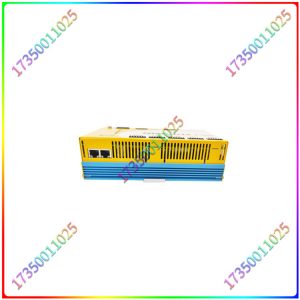
F3-DIO-208-02
HIMA F3-DIO-208-02 数字输入输出模块它们用于扩展I/O级别,但不能单独运行任何用户程序。安全管理控制是运用管理控制的基本原理对生产系统中的危险因素和事故隐患进行的控制的过程。实施安全管理控制的过程包括三个基本步骤:一是建立安全生产的判断标准安全评价的内容和标准确定的对优良程度的要求;二是衡量安全生产实际管理活动与预定目标的偏差通过获取、处理、解释事故、风险、隐患等安全管理信息,确定如何采取纠正上述偏差状态的措施;三是采取相应安全管理、安全教育以及安全工程技术等措施纠正不良偏差或隐患。
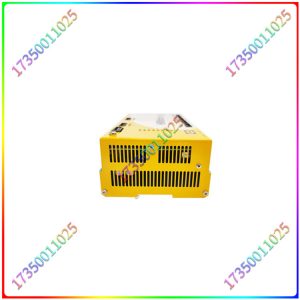
F3-DIO-208-02
HIMA F3 DIO 20/8 02 is a high-performance digital input/output module with rich input channels and diverse output channels. This product adopts a compact design and is widely used in industrial automation, robot control, power systems, intelligent buildings, intelligent transportation, and other fields. Product specifications: 20 input channels and 8 output channels, supporting digital input and digital output. Multiple input and output signal types can be connected to other devices through the bus, adopting a compact design, suitable for space limited application scenarios. Application field: HIMA F3 DIO 20/8 02 products are widely used in the following fields: industrial automation, robot control, power systems, intelligent buildings, and intelligent transportation. The safety related F3 DIO 20/8 02 remote I/O is a compact metal enclosure system with 20 digital inputs and 8 digital outputs. Remote I/O can be used in various models of SILworX and ELOPlI factories, and is connected to a separate HIMax or HIMatrix controller through safeEthernet.
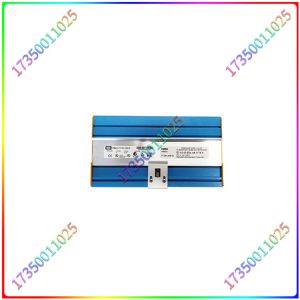
F3-DIO-208-02
HIMA F3-DIO-208-02 digital input and output modules are used to extend the I/O level, but cannot run any user programs separately. Safety management control is the process of controlling hazardous factors and accident hazards in the production system using the basic principles of management control. The process of implementing safety management control includes three basic steps: firstly, establishing the judgment standards for safety production, the content of safety evaluation, and the requirements for excellence determined by the standards; The second is to measure the deviation between the actual management activities of safety production and the predetermined goals. By obtaining, processing, and explaining safety management information such as accidents, risks, and hidden dangers, it is determined how to take measures to correct the above-mentioned deviation status; The third is to take corresponding measures such as safety management, safety education, and safety engineering technology to correct adverse deviations or hidden dangers.
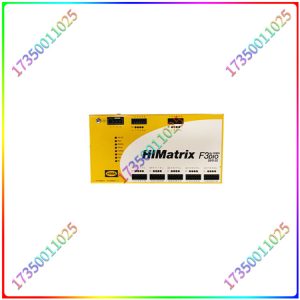
F3-DIO-208-02


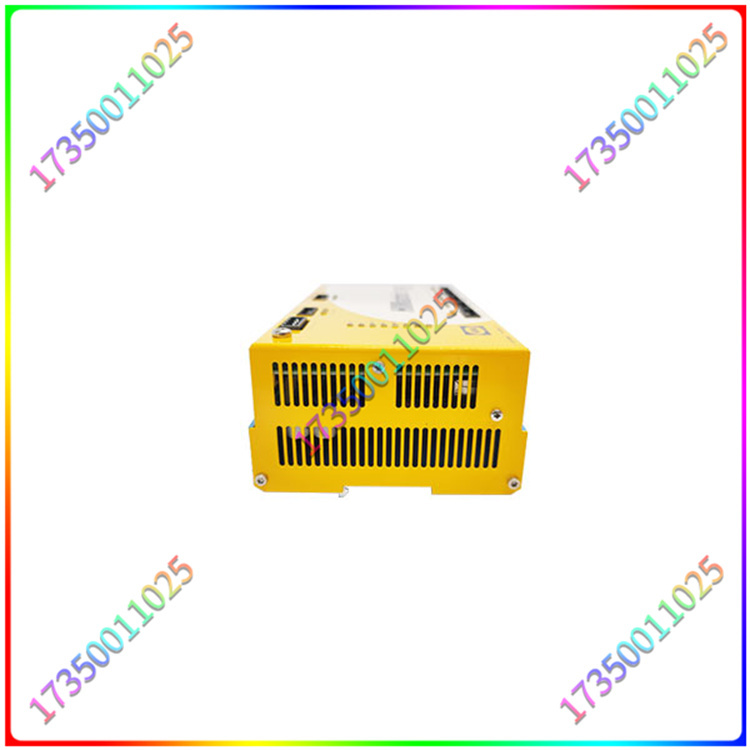
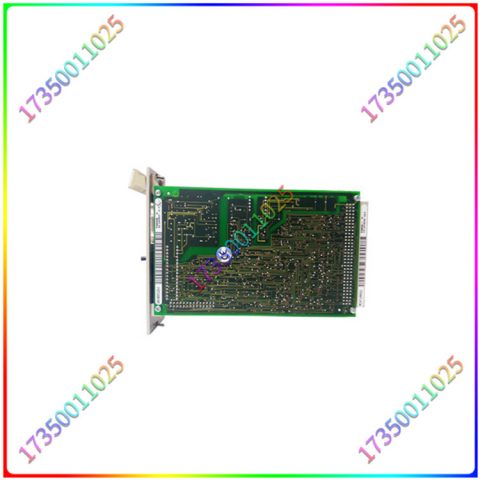
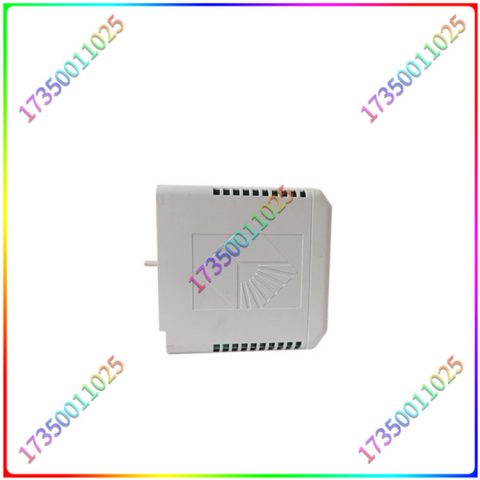
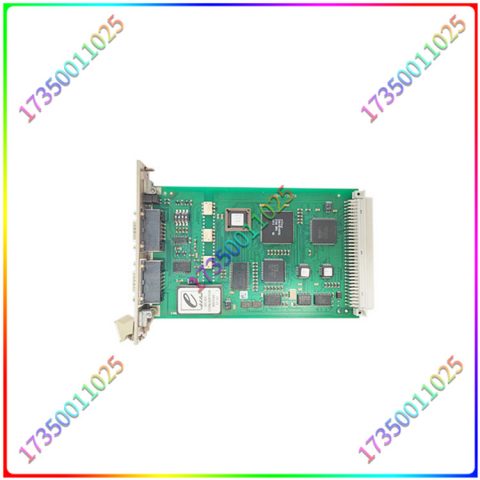
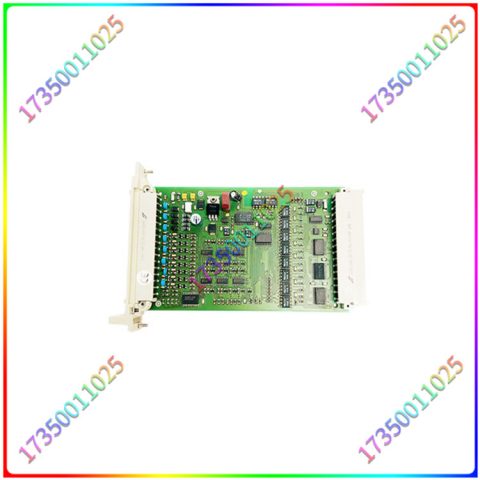
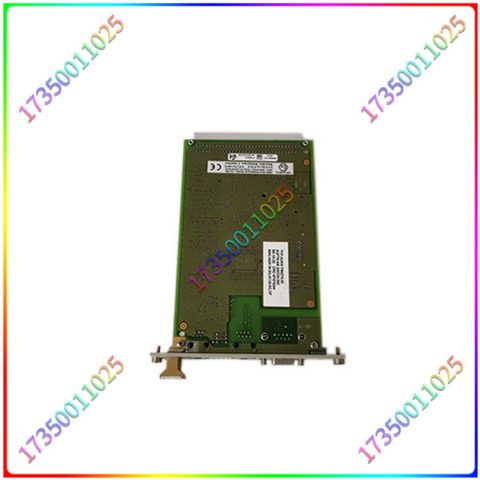
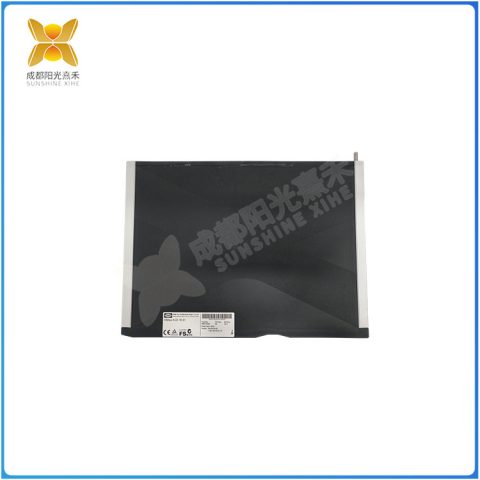
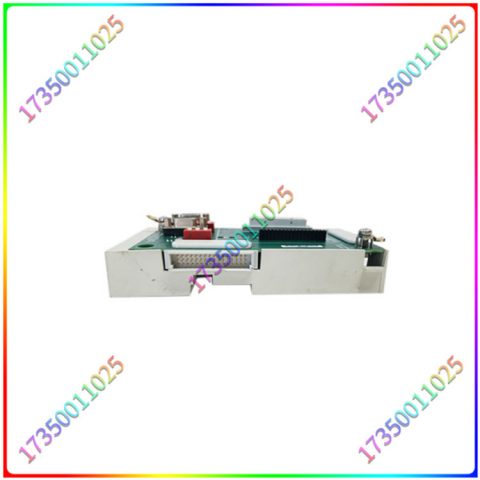
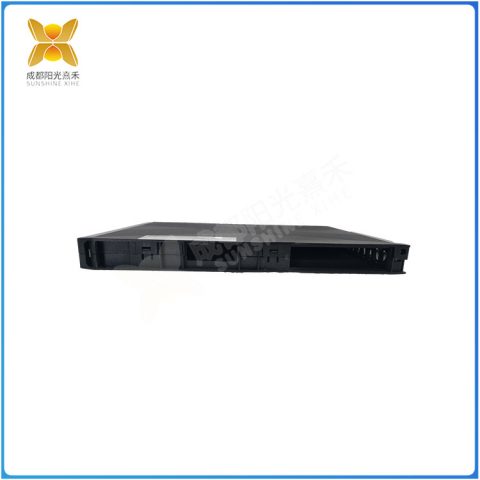
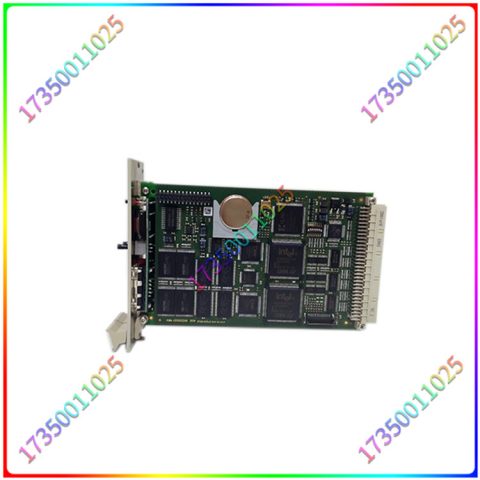
There are no reviews yet.